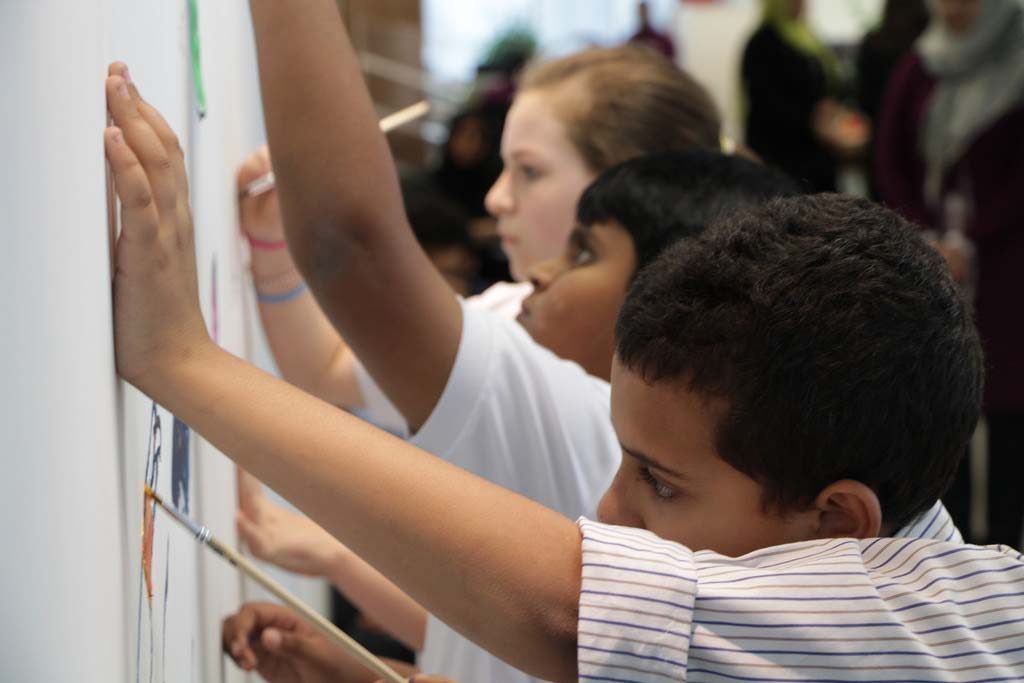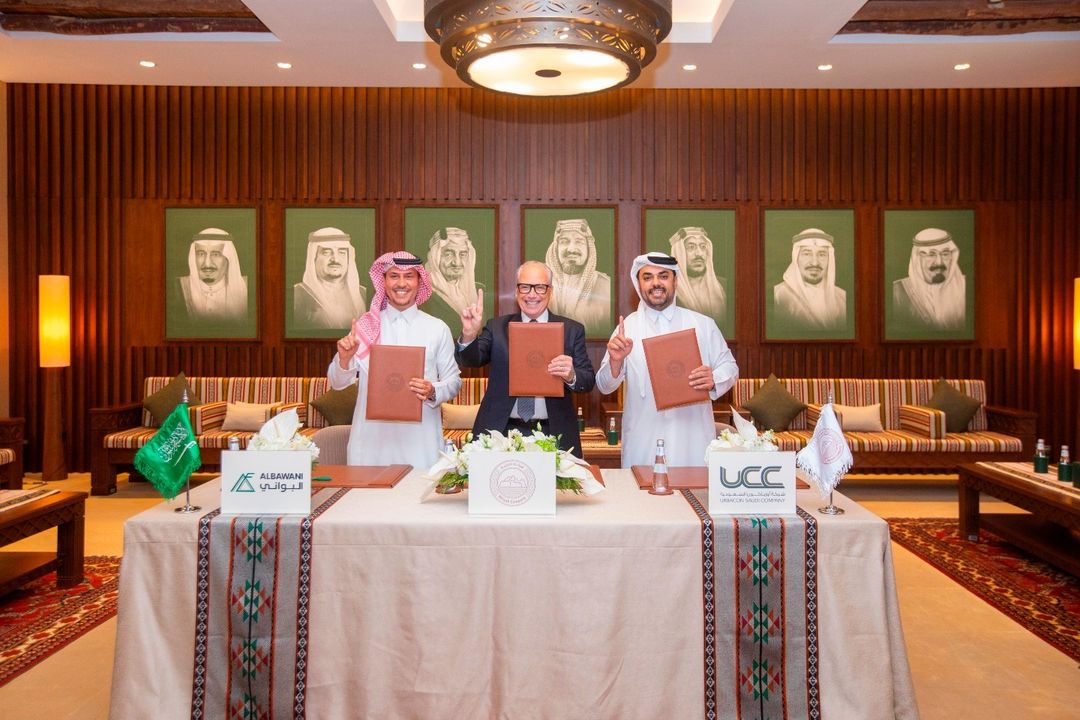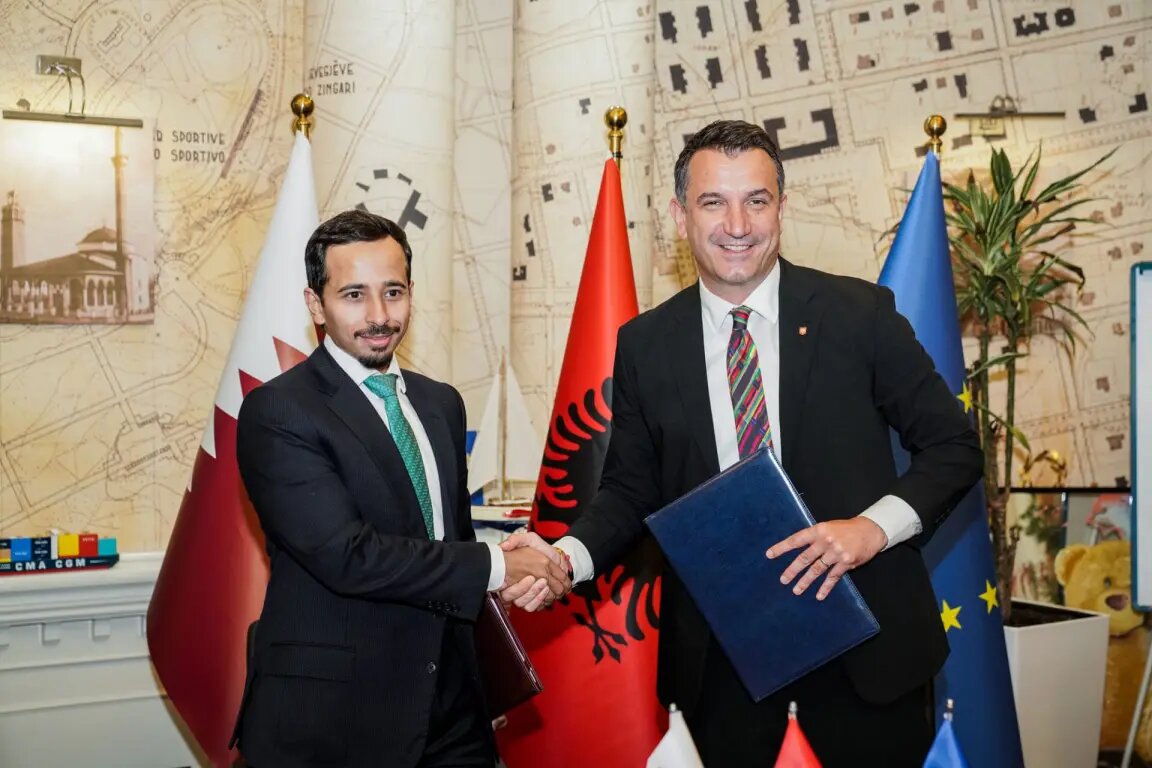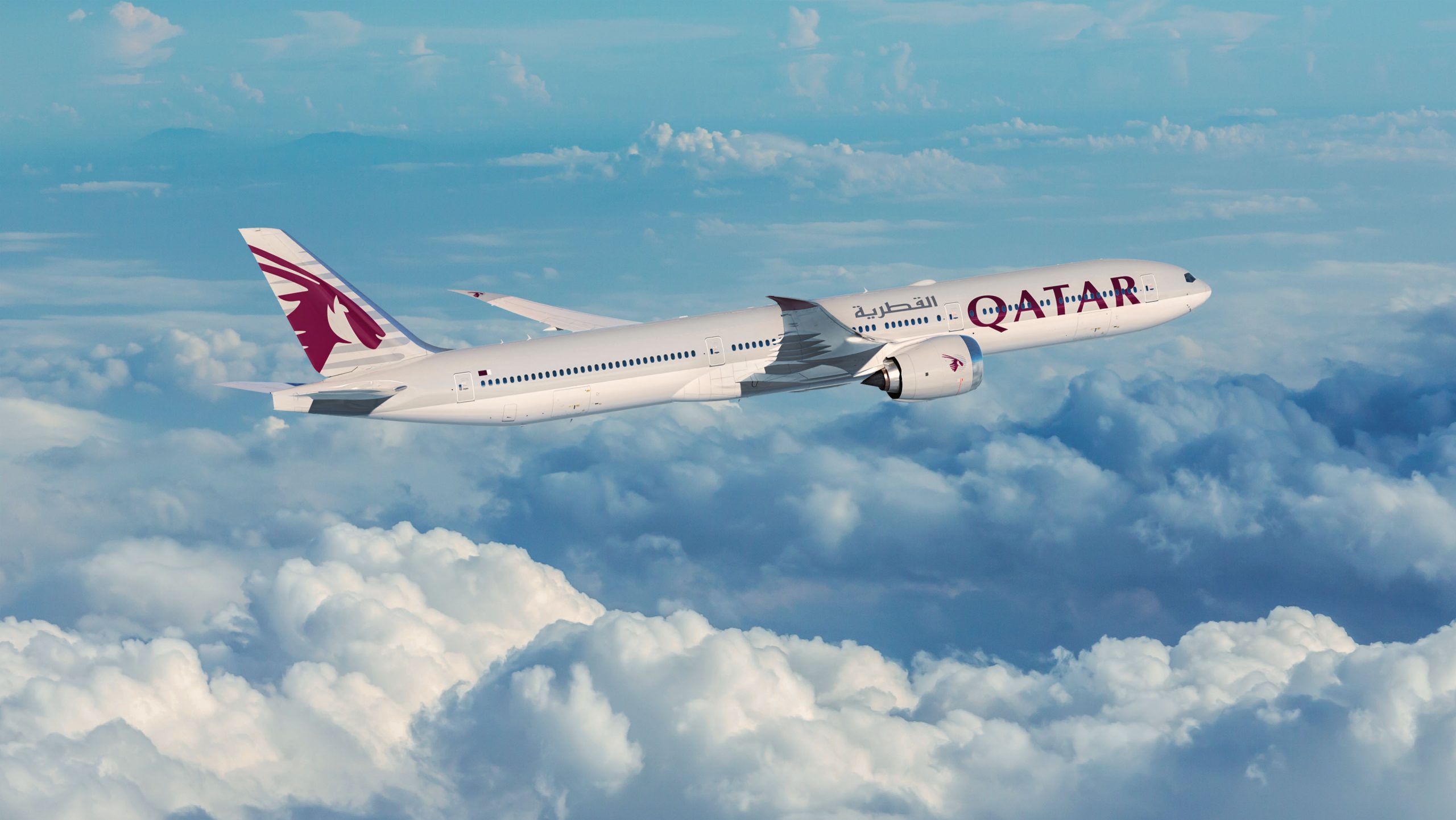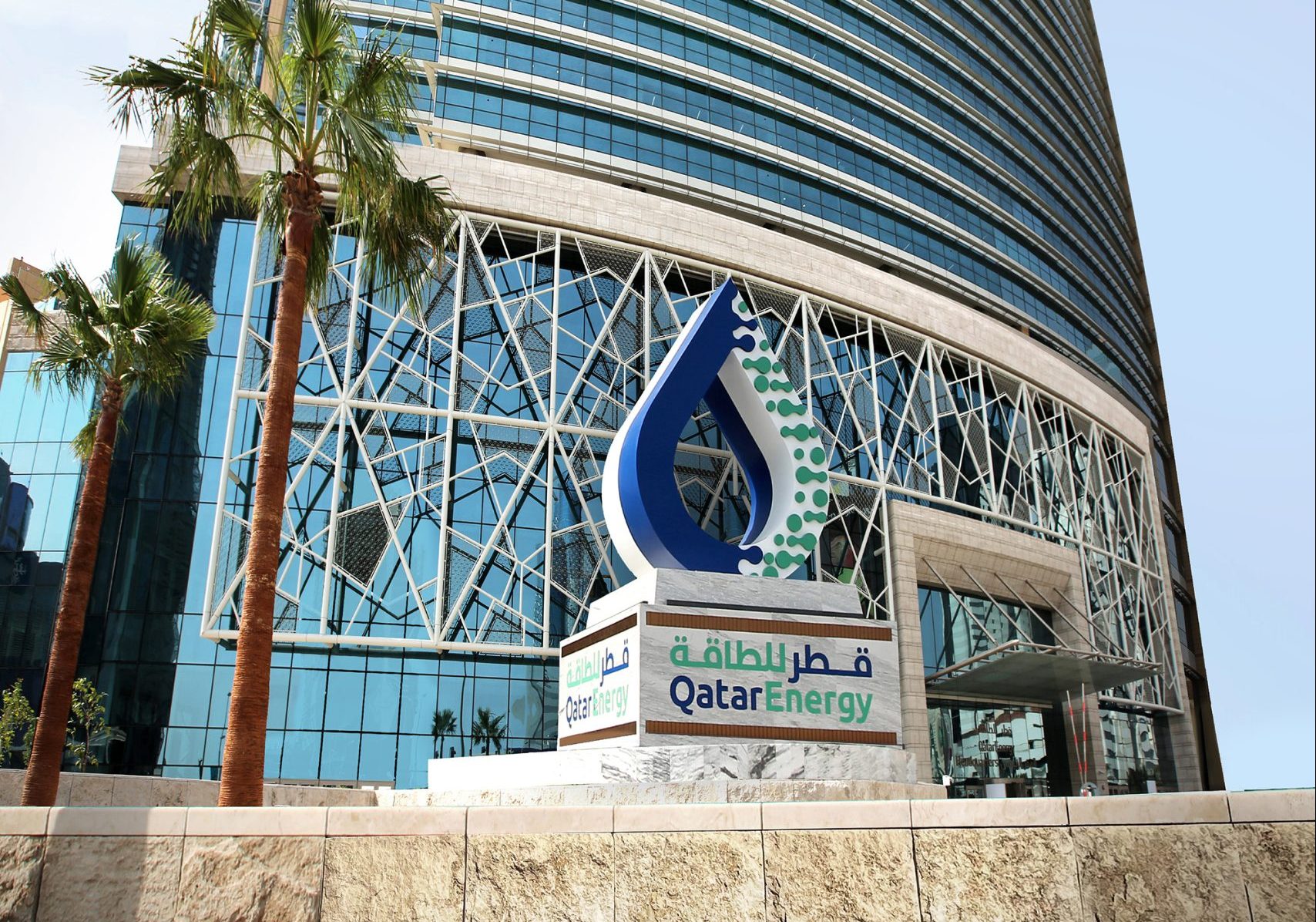
With reporting from Ankita Menon
Only a handful of private schools in Qatar have been permitted to increase their fees by the Supreme Education Council (SEC) for the next academic year – which is a relief to parents, but is causing consternation among some educators due to the rising cost of living.
Speaking to the Peninsula, a senior SEC official said that 70 percent of applications from private and international schools to raise their fees from September 2014 were declined, as they did not show compelling evidence that they are incurring losses or upgrading their facilities.
Earlier this month, the SEC set out a new, five-point plan for assessing schools’ requests to raise tuition hikes, in an effort to create a “scientific and transparent” system.
All private schools in Qatar are required to submit a request to the SEC for approval if they wish to increase their fees. If a school announces fee rises without permission, its license could be revoked.
The Peninsula quotes the SEC’s Director of the Private School Office Hamad Mohamed Al Ghali, who was interviewed by a local Arabic daily newspaper, as saying that any permitted hikes in school fees would be kept in line with inflation:
“The objective of this policy is to support the schools to cover their expenses while at the same time controlling the fees to protect the interests of the parents,” he said.
Private schools contacted by Doha News reported mixed success with their applications. Contrary to the Peninsula’s report, at least two schools reported being allowed to raise their fees by more than 4 percent.
Schools that were granted fee increases by the SEC include:
- Newton International School West Bay: 6 percent increase at pre-school and reception level, and a 3 percent rise for years 1-6 (primary);
- Park House English School: 5 percent increase;
- Doha English Speaking School (DESS): 2 percent increase;
- Birla Public School – 2 percent increase at KG, 3 percent for the main school; and
- MES Indian School – 4 percent increase
Additionally, the Philippine School Doha said they had been allowed to increase fees, but did not disclose their permitted uplift.
Meanwhile, British school Doha College confirmed that it had not applied to the SEC for an increase in fees for the coming academic year. Last year, the school was granted a 12 percent rise, coinciding with the opening of its new campus in West Bay.
Many schools said they were appealing the SEC decision, saying the amount they were allowed to increase their fees by would not allow them to keep pace with Qatar’s spiraling cost of living.
Increased costs
Government figures released last week show that the cost of everyday living in Qatar went up for the fourth consecutive month in April, fueled by increases in the price of rent, fuel, furniture and domestic appliances.
Birla Public School Principal A.K Shrivastava explained that the school has been contending with continuously rising costs, and had agreed to give most teachers a very small salary increase (QR300) for the coming year. The increase in fees would only cover half those costs, he said.
He added: “Overheads are increasing and salary forms one major chunk of it.”
MES Indian School principal A.P Sadidharan said the school had applied to raise its fees for the first time in four years.
“Prices are going up for everything, even petrol. We have no other way except to increase the fees,” he said.
Meanwhile, Ideal Indian School confirmed they had applied to the SEC to raise their fees by up to 10 percent, but had been rejected.
The principals of several Indian schools are expected to meet with the SEC tomorrow to understand why some have had their applications declined, while others were only permitted small increases. The schools also plan to appeal the SEC’s rulings.
The fees decision comes just a few months after some private schools in Doha were warned by the SEC to pare down class sizes.
Several Indian schools received a memo reminding them of a directive that limits class sizes to 30 children. Some schools had been operating with up to 40 children in a class.
SEC fee restrictions welcome
Not all head teachers were critical of the SEC’s attempts to control school tuition fees.
Niall Brennan, Director of Park House English School, said it was “a really good thing” that the SEC has developed a protocol for schools to follow when applying for fee increases.
However, he said he still plans to appeal the 5 percent increase allotted to his school, saying the extra income would not cover rising costs.
“Our teachers have not had a pay rise in four years, we have infrastructure we need to replace, such as our astroturf pitch which costs QR1.5million – and we have just heard that the cost of rent in the compound where we house most of our teachers has been increased by 40 percent.
These are fixed costs, which we can’t do anything about. Where can we find this sort of money from?”
Still, he praised the SEC’s efforts to grapple with the issue of disparity in fees charged by private schools in Qatar.
Currently, established schools have their fees controlled by the SEC, while new schools do not. It is understood the SEC is currently drawing up rules that would affect the fees newly-established schools can charge.
Improving schools
Although fees may be on the rise, it does seem that investment across the whole spectrum of schools in the country has led to an improvement in the teacher-student ratio at both primary and secondary school levels.
Education company Pearson has just published the second editing of its Learning Curve Index, in which it ranks the educational performance of 39 countries, including Qatar and Saudi Arabia.
Citing UNESCO data, it found that the average teacher to student ratio in primary schools across Qatar was just 9.6 in 2012, down from 11.28 in 2011 and 12.03 in 2010.
These levels are considerably lower than many Western countries, including the UK (17.27 in 2011, the latest data available) and the USA (14.29 in 2011.) By comparison, Saudi Arabia’s primary ratio was 10.89 in 2012.
Secondary ratios are similar, according to the report. Qatar has 9.73 pupils in secondary school for every teacher, compared to 16.25 in the UK and 14.49 in the USA. Recent data for secondary ratios in Saudi Arabia was not available.
Academic results
Amid issues like cost and quality of education, is how students here perform at school.
The newly released Pearson report compares Program for International Assessment (PISA) figures for the 39 countries, where such data is available.
The PISA rankings, which have been around since 2000, try to assess the knowledge and skills of 15-year-olds through a test given every three years. The 2012 PISA was taken in 65 countries, measuring 510,000 15-year-olds who are considered representative of 28 million students.
Qatar ranks lowest in Reading on the Pearson table, third from bottom in Maths, and third from bottom in Science, surpassing only Ghana and Indonesia. Globally, Qatar ranked 62nd in the 2012 tests.
However, Qatar’s PISA’s scores have been rising steadily over the past seven years. In 2012, for example, Qatar came in at 387 for reading, up 16 points on 2009. Similarly, Science in 2012 was 383 – up 4 points on 2009.
Thoughts?

